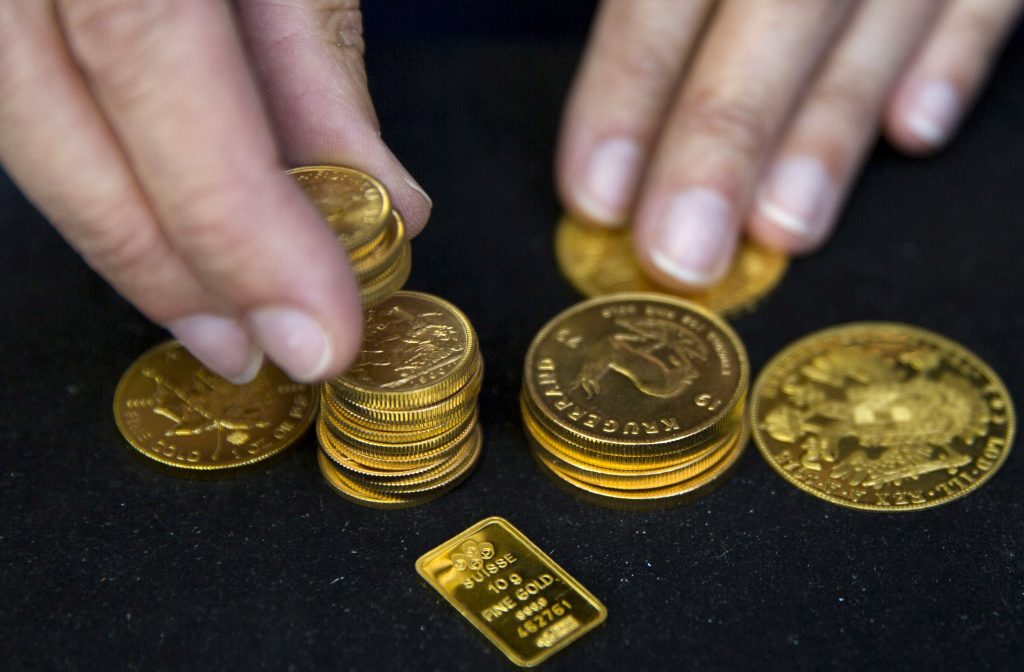Trading the Gold-Silver Ratio Collapse
After notching a record high in April 2020, the gold-silver ratio has dropped back toward its historical mean, rewarding savvy pairs traders along the way.

2020 has seen its share of successful trading stories, but the collapse in the gold-silver ratio might be one of the most underreported.
Precious metals were in focus earlier this year because the onset of the pandemic sparked a furious rally in gold prices. Then, during summer, the precious metals narrative shifted to silver, as gold’s lesser-known sidekick played catch up.
Silver prices rallied by an astonishing 65% from the start of July through early August. And that development played perfectly into the hands of those who used the gold-silver ratio as a trading signal when it hit all-time highs in April.
In terms of background, the gold-silver ratio is calculated by simply taking the price per ounce of gold and dividing it by the price per ounce of silver. The quotient of that equation reports how many ounces of silver are required to buy a single ounce of gold at a given point in time.
For example, at the start of the year, when gold was trading for roughly $1,620/ounce and silver was trading for $22/ounce, that meant approximately 74 ounces of silver were required to purchase a single ounce of gold.
But after the furious rally in gold prices early in March and April, the gold-silver ratio skyrocketed to an all-time high of 115.37—a 55% increase from where it started the year.
Traditionally, pairs traders sell gold and purchase silver when the gold-silver ratio reaches the upper bounds of its historical range. Such a position theoretically benefits from a drop in the ratio—requiring gold to go lower, silver to move higher, or a combination.
In 2020 that approach worked to perfection because after notching an all-time high, the gold-silver ratio started tailing back toward its historical mean. This occurred because silver prices finally “caught up” to gold, rallying in epic fashion during July and August.
That scenario ultimately pushed the gold-silver ratio back down to about 70—right about where it started the year, and not much above the mean of 60 observed over the last couple of decades.
Mean reversion trades are possible in the gold and silver trade because the two share such a strong, positive historical correlation—about 0.89 over the long term.
When a breakdown occurs in the trading relationship between the two metals, investors and traders often deploy pairs trades that hinge on that relationship returning to “normal.” Such breakdowns can be observed through extremes in the gold-silver ratio, which is why many precious metals traders closely monitor this metric.
When the gold-silver ratio is at the upper end of its historical range, traders frequently deploy a position that benefits as the ratio declines (short gold, long silver). The reverse trade (long gold, short silver) can be executed when the ratio trends toward the lower end of its historical range. In either case, the trade structure relies on the ratio reverting toward its mean.
Using current prices for gold ($1,856/ounce) and silver ($24.50/ounce), the gold-silver ratio currently stands at about 76, which isn’t much above its historical mean.
While those levels probably won’t generate a lot of new pairs trading interest, the behavior of gold and silver in 2020 helps illustrate how the gold-silver ratio can be used as a potential trading signal—especially when it reaches an extreme.
It’s impossible to predict where gold and silver prices go from here, but if a period of heightened volatility appears in the market, it’s almost guaranteed that gold prices will benefit from a “flight to safety,” as they did when the pandemic first unfolded. That could result in another rally in the gold-silver ratio.
Alternatively, a strong recovery in the U.S. economy could push gold prices lower, which might result in a declining gold-silver ratio. Either scenario could produce fresh opportunities for trading in the precious metals space.
For a complete update on the current precious metals trading landscape, readers can review a new episode of Small Stakes on the tastytrade financial network. To learn more about trading the gold-silver ratio, this episode of Options Jive is also highly recommended.
This December, give the gift of Luckbox and get a free Luckbox T-shirt! See SUBSCRIBE or UPGRADE TO PRINT (upper right) for more information.
Sage Anderson is a pseudonym. The contributor has an extensive background in trading equity derivatives and managing volatility-based portfolios as a former prop trading firm employee. The contributor is not an employee of Luckbox, tastytrade or any affiliated companies. Readers can direct questions about any of the topics covered in this blog post, or any other trading-related subject, to support@luckboxmagazine.com.



















